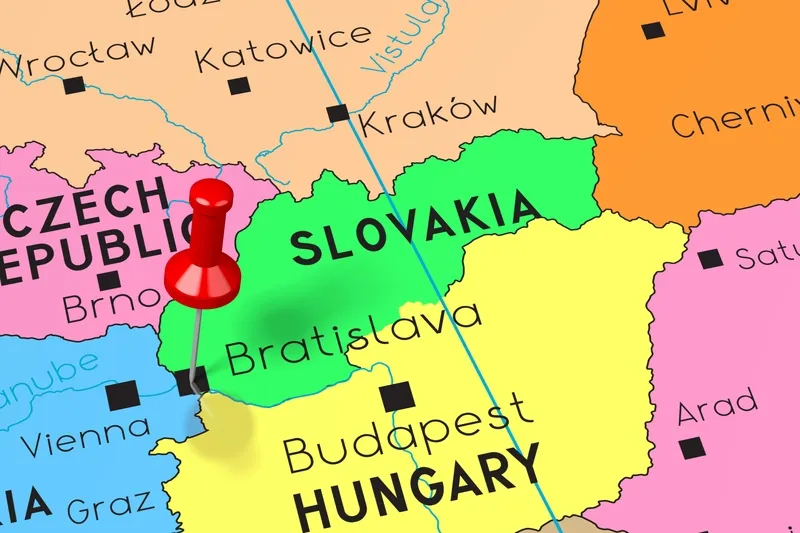The authorities in Albania are planning to open a new tunnel that will form part of the Tirana-Elbasan highway. This new link is currently under construction and is due to be opened in early May 2012. The tunnel is 4.3km long and is around 66% complete.
April 3, 2012
Read time: 1 min
The authorities in Albania are planning to open a new tunnel that will form part of the Tirana-Elbasan highway. This new link is currently under construction and is due to be opened in early May 2012. The tunnel is 4.3km long and is around 66% complete.







